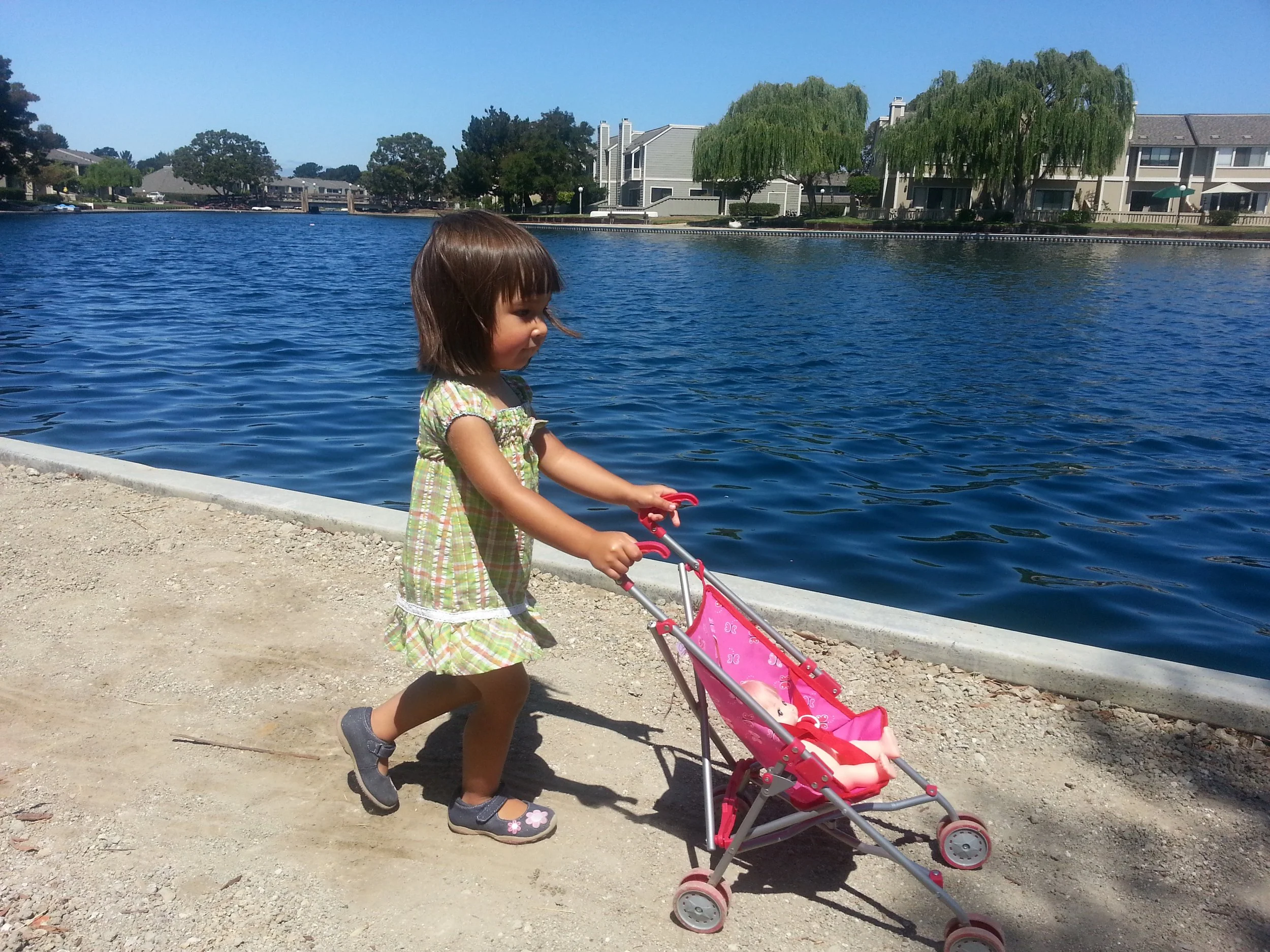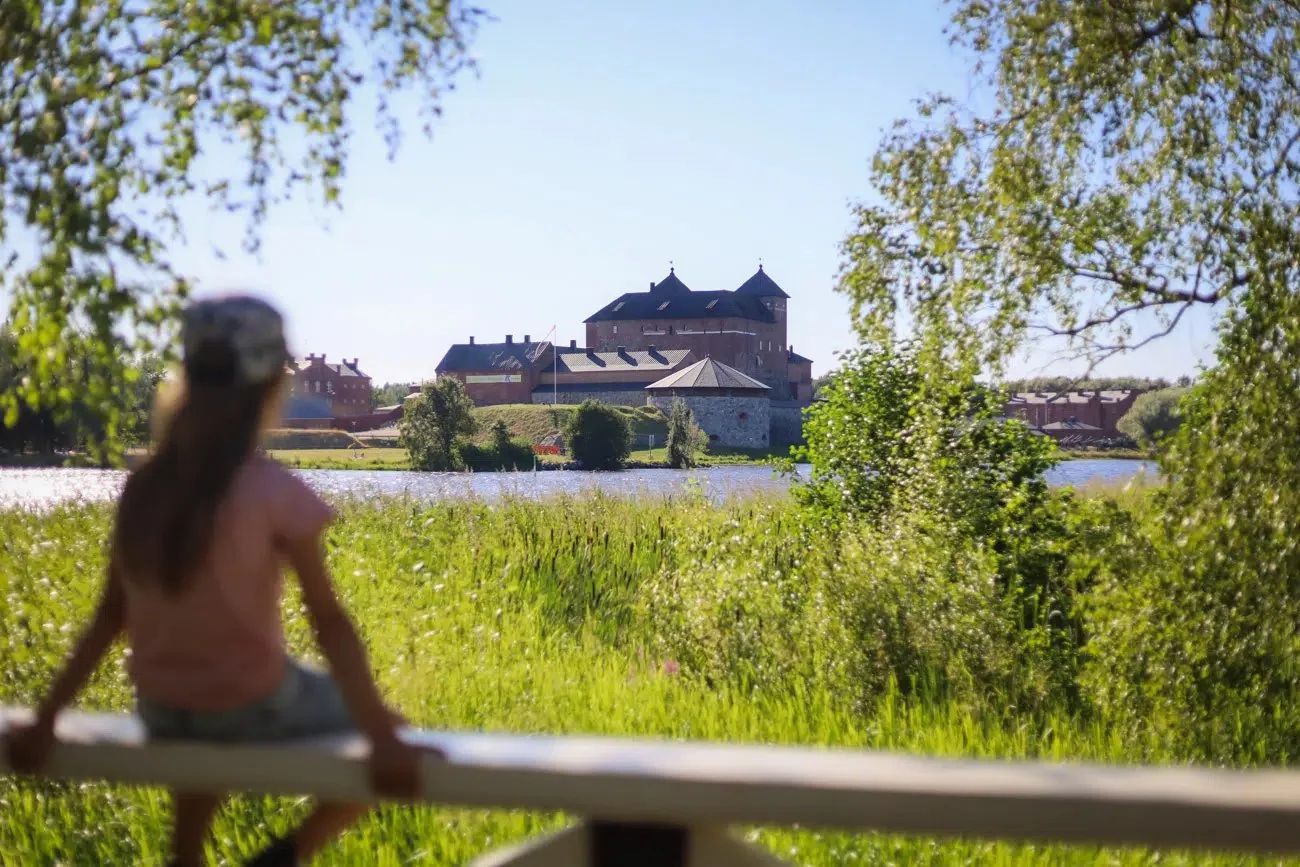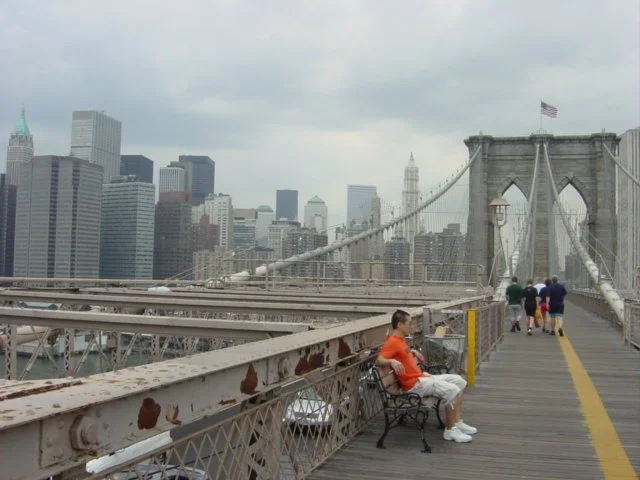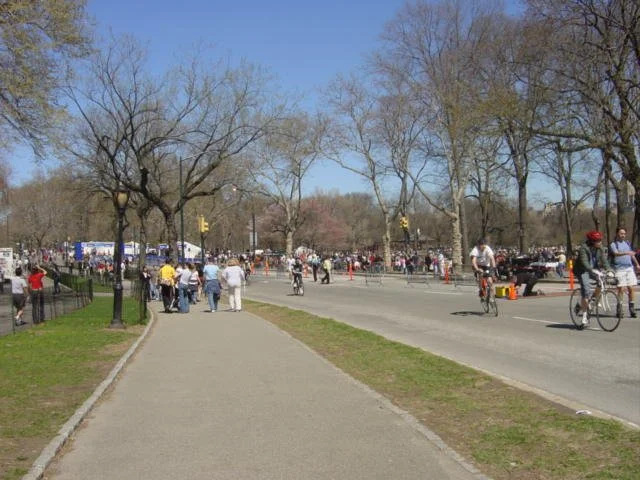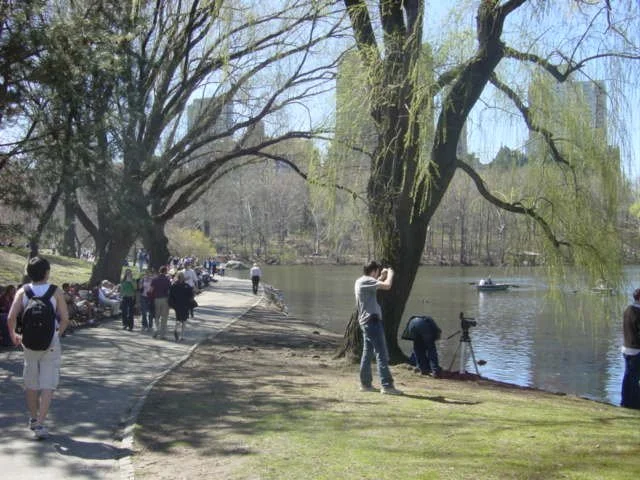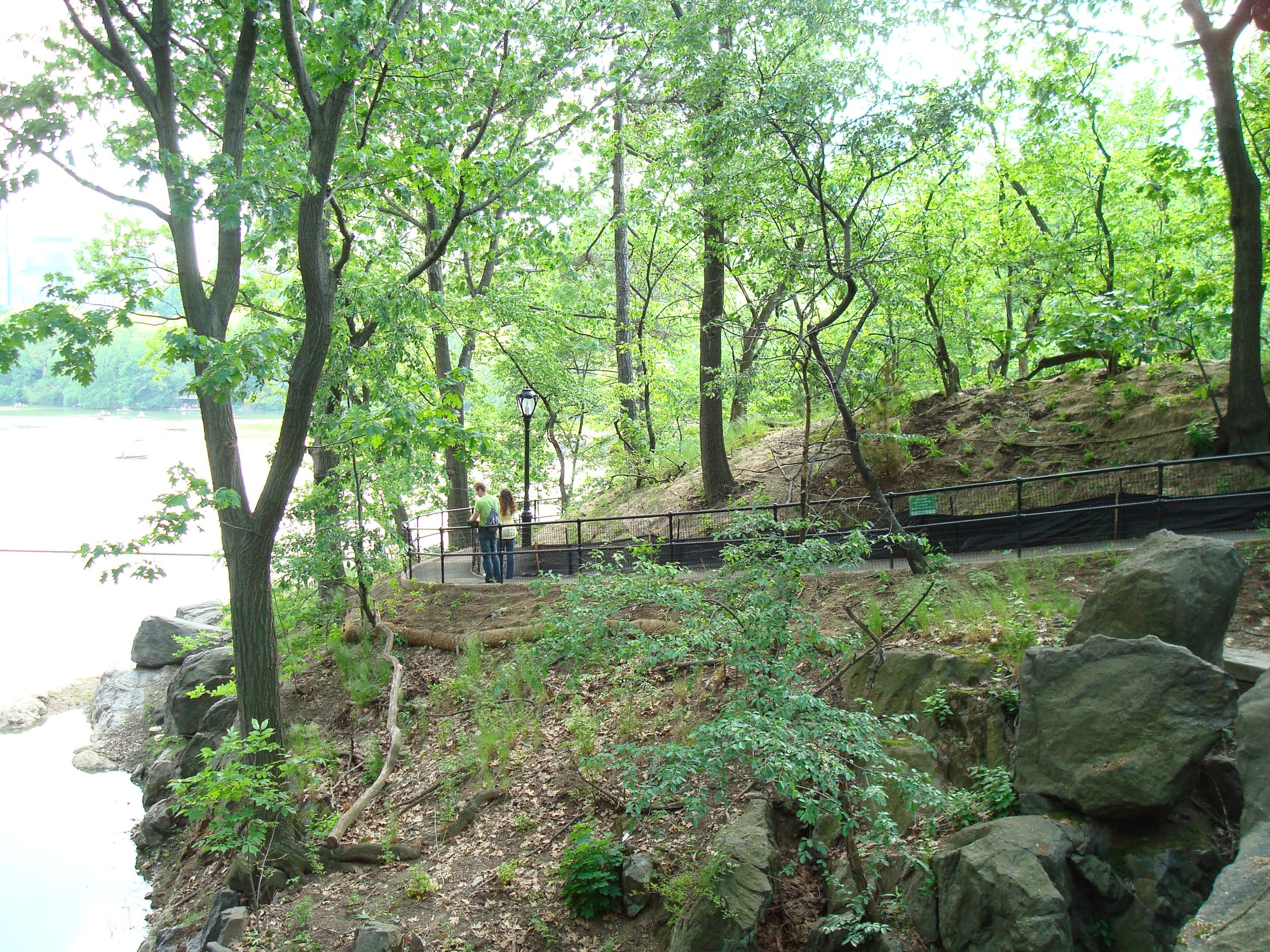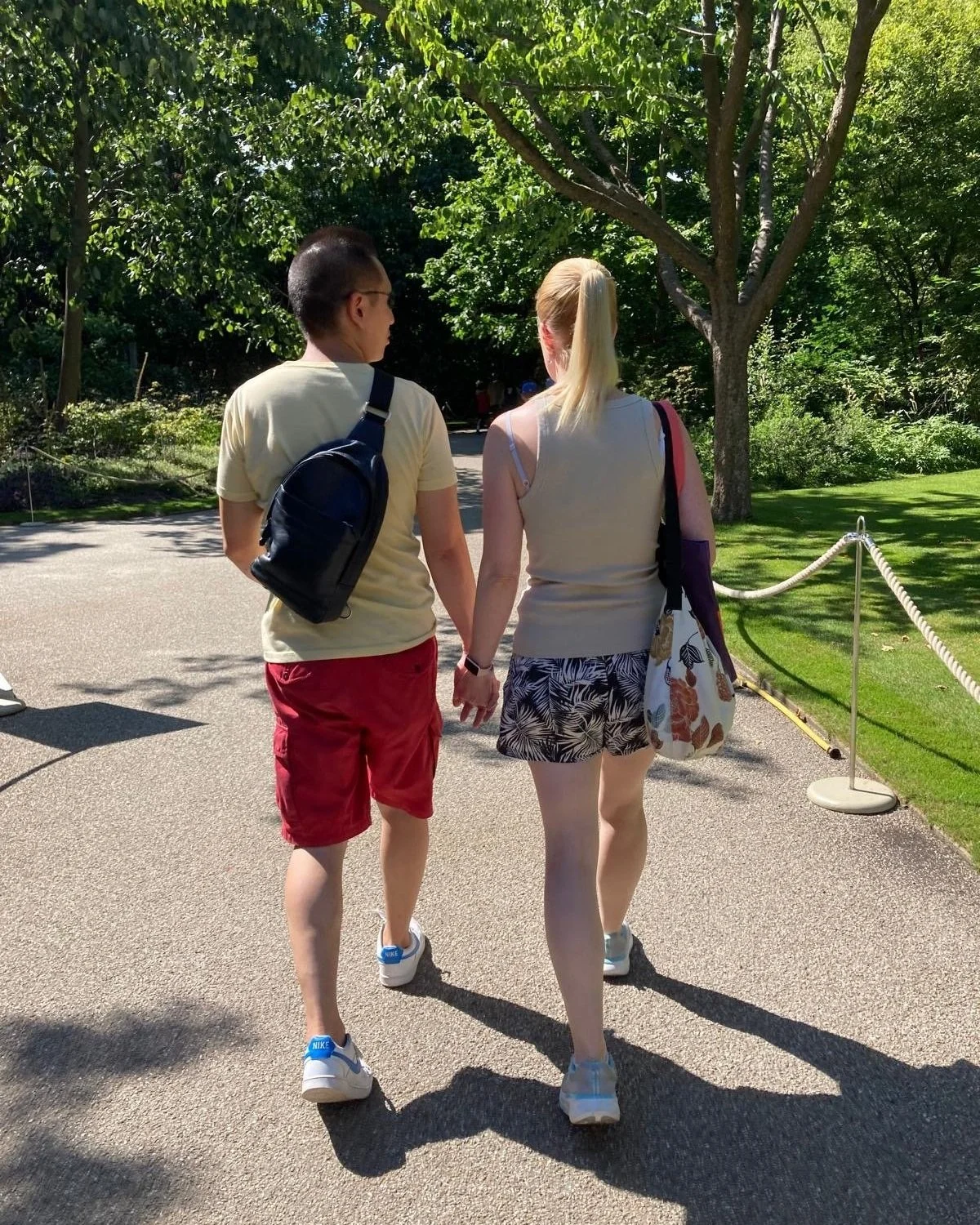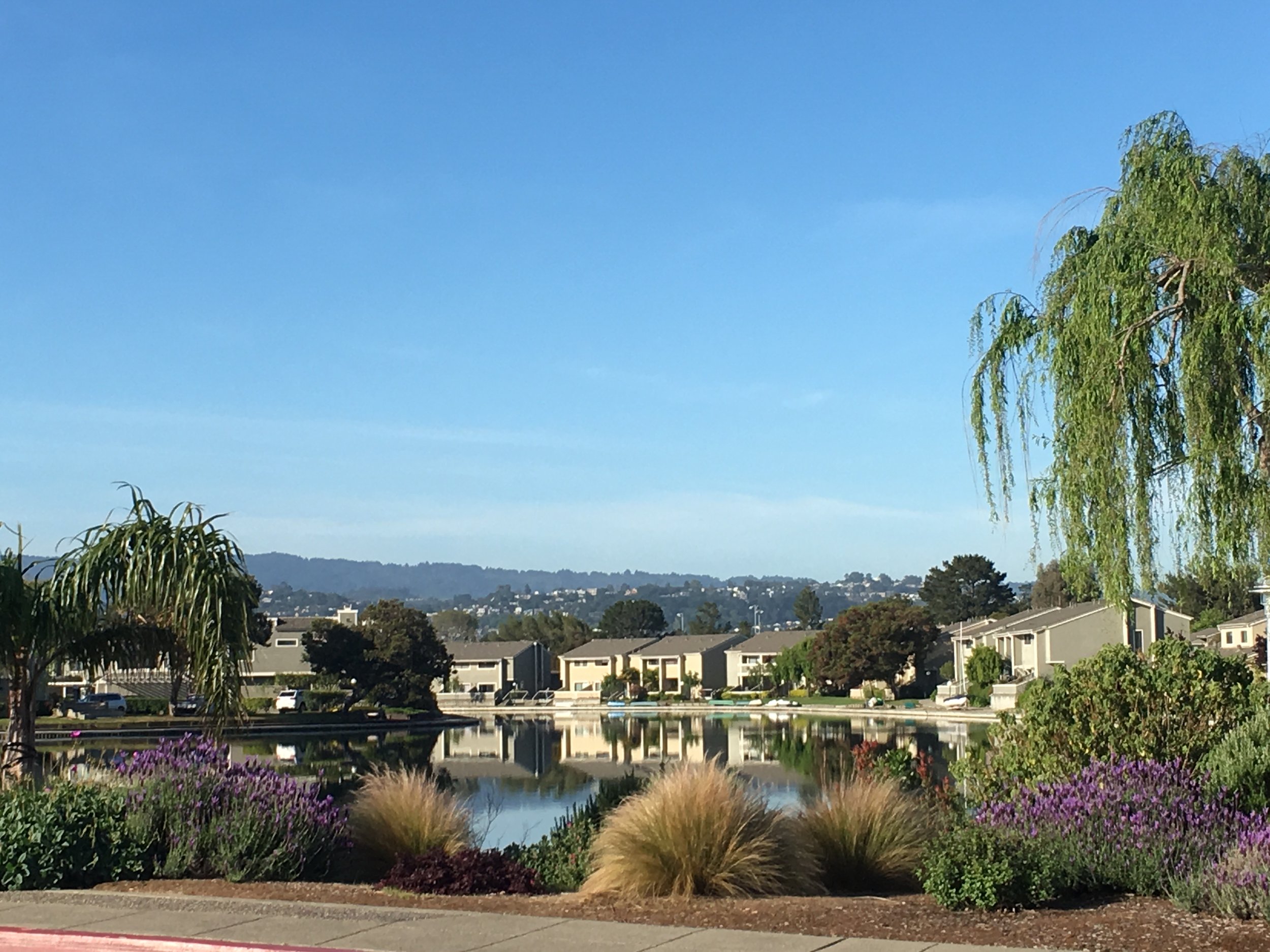The Hidden Benefits of Walking
-Personal Walking Journal Around the World
We all learn to walk when we’re little, but not many of us think about walking all that much—let alone consider it a proper form of exercise.
I definitely remember how my mom used to go for walks all the time, and I thought it had to be the most boring thing to do. Not that I had anything better to do in a small Finnish town in the '80s, so sometimes I joined her—and to my surprise, I realized my mom was actually a pretty proficient walker. At first, I had a hard time keeping up with her, but as I got more motivated and willing to take walks with her, I soon bypassed her.
However, I could never catch up to my older brother, who walked so fast I had to run just to keep up. Still, I became pretty fast myself trying to match his pace. In my late teens, I grew very fond of walking and loved strolling along the shoreline in my hometown, near Hämeenlinna Castle and Aulanko Park. Those walks made me appreciate my beautiful town, with its many walking paths winding through wonderful parks. They’re still some of my favorite places to walk.
In my twenties, life took me to study in Helsinki, Tokyo, and later in New York. In New York I started walking more than ever before. My husband and I would often walk from one subway station to another instead of taking the train if the distance wasn’t too far. Getting around in New York was very easy, and walking there was fun. Taking a walk after a great meal in the evening was convenient too—it helped with digestion and kept me from feeling bloated before bed. That’s when I really became a fan of walking and started taking regular walks after meals.
After New York, we moved to Tokyo while I was pregnant, and once again, I found myself walking more than ever. My daughter wouldn’t sleep unless she was in a moving stroller. She’d often sing herself to sleep, then I’d cover her from the sun and she would take a nap. At first, I tried walking to a park and sitting there while she slept, but that never worked. So instead, I ended up walking an hour or two to give her a good nap.
Most days, I’d walk about half an hour to Shibuya and try to browse some stores. I especially loved hyakuen shops—Japan’s version of dollar stores, but with way better quality and way more variety than the American Dollar Tree stores. I’d try to stop now and then to take a closer look at the shelves, gently rocking the stroller back and forth while browsing. But there was no fooling her—she’d wake up every time, and I’d have to leave the store and continue walking. My next stop was usually Tokyu Hands, a multi-story shop packed with everything from skincare and kitchen gadgets to all kinds of crafting supplies. The best part was that when she woke up, I could feed her in one of the store’s nursing rooms before heading back home.
On days I didn’t go to Shibuya, I’d walk around our neighborhood, which had plenty of steep hills. The bonus from all that walking? It helped me regain my fitness.
After Japan, we moved to the Bay Area in California. It wasn’t anything like a big city, but there were still plenty of nice walking paths, and I tried to walk as much as I could. However, being pregnant again and dealing with a broken metatarsal, I wasn’t able to walk as much as I would have liked. Instead, I joined the local PJCC and got to enjoy all kinds of fun exercises.
From California, we moved to London—and oh, how much I enjoyed living in a big city again and walking everywhere. This time, I even had the chance to walk without a stroller, since I could drop my younger daughter off at preschool for a couple of hours. I’d walk over half an hour to a nearby downtown area, go shopping, and either walk back or take a bus if I’d bought groceries. Later, when both of my daughters started attending the International School of London, I’d walk there and back each day. This all made it easy to get over 10,000 steps daily.
While living in London, my husband and I got back into the habit of evening walks right after dinner, and those walks have become really important to us—we’ve kept that tradition ever since.
After London, we returned to the Bay Area and walked even more than the first time we lived there. I’d start every morning with a walk to take the kids to school, then continue walking either on my own or with a friend. In the evenings, I’d go for another walk with my husband. These walks became a really important part of our relationship. They gave us a moment each day to check in, ask how the day had been so far, and talk through whatever was on our minds. I’m pretty sure these walks are one of the main reasons our marriage is as strong as it is. Whenever I hear that a couple is struggling to connect or communicate, I always suggest they go on walks together. It’s been such a simple but brilliant game changer for us.
During the pandemic, we moved one last time to the suburbs of Seattle. Here, we’ve continued our morning and evening walks together. We don’t let the weather stop us—rain or shine, we’re out there (though, considering the area, it’s usually rain—haha!). We’ve even added a meditation and stretching stop at an observation deck along our walking path. When the weather’s nice, we sometimes throw in a few running sprints too. Meditation helps my husband clear his mind before starting his workday, which was a really welcome addition during a busier period in his career. Stretching, on the other hand, just feels good midway through the walk and makes the whole routine feel more complete. My husband also likes to stop at playgrounds along the way to do a few pull-ups and push-ups, so he ends up getting a full workout in.
When my husband’s not home, I still take my walk—just me and my favorite podcasts. But the best walks are when the whole family comes along. Our girls have started to really appreciate good health and exercise, and lately, they’ve been more eager to join us on our walks.
Did You Know?
The popular “10,000 steps a day” goal actually started as a marketing idea from a Japanese pedometer company—not from medical research.
Walking boosts immune function and can help protect you during cold and flu season. (Harvard Health Publishing)
It can also reduce cravings and lower the intake of sugary snacks. (Harvard Health Publishing)
Walking helps protect your joints, eases arthritis-related pain, and walking just 5–6 miles a week may even help prevent arthritis in the first place. (Harvard Health Publishing)
Regular walking has been shown to reduce the risk of developing breast cancer. (Harvard Health Publishing)
Moving before and after meals can support weight loss, but walking after dinner specifically helps with digestion, blood sugar regulation, and even lowers the risk of heart disease. (Heather Viola, DO, Mount Sinai Doctors–Ansonia)
And beyond all the health benefits, walking after dinner is a long-standing tradition in many cultures.
In Italy, people take la passeggiata—an evening stroll through the town square where neighbors catch up and families enjoy time together. In Spain, it’s called el paseo. In Greece and Turkey, it’s common to see people walking by the sea or through parks, chatting and soaking in the evening atmosphere.
Even in India and China, especially among older generations, after-dinner walks are part of everyday life—not just for digestion, but also for slowing down and connecting with others.
Venice at sunset
Walking has been such a wonderful part of my life. It gives me energy, exercise, and a sense of mental clarity. It gets my brain ready for the day, and when the sun is out, I get to soak up some vitamin D too.
Walking has strengthened my marriage and our family, bonding us all together. It gives us time to talk, connect, and share while getting some fresh air and letting our meals settle.
When I lived in big cities, I loved people-watching and taking in all the movement and energy around me. Now, I’m grateful to walk in nature—spotting squirrels, bunnies, and birds. It makes me realize that we’re just one part of nature in this amazing world.

